 A double-bill of “Detour” and “The Strange Woman” on Friday, Nov. 6, will launch the Academy’s Edgar G. Ulmer screening series. A production designer and director, Ulmer worked in many genres and, as the “King of Poverty Row” in Hollywood, was underrated in his lifetime. We, of course, adore his film noir titles.
A double-bill of “Detour” and “The Strange Woman” on Friday, Nov. 6, will launch the Academy’s Edgar G. Ulmer screening series. A production designer and director, Ulmer worked in many genres and, as the “King of Poverty Row” in Hollywood, was underrated in his lifetime. We, of course, adore his film noir titles.
The six-film series is running in conjunction with the ongoing exhibition Haunted Screens: German Cinema in the 1920s at the Los Angeles County Museum of Art (Lacma). The films will be shown at Lacma’s Bing Theater.





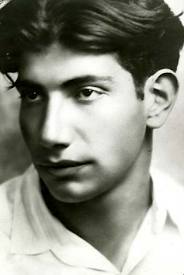
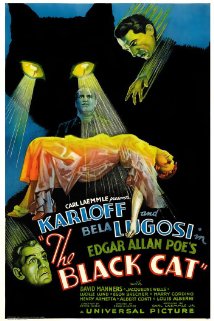
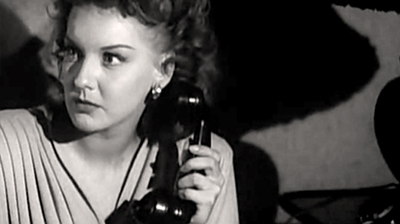
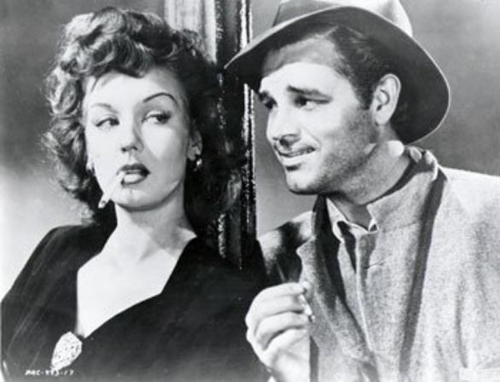
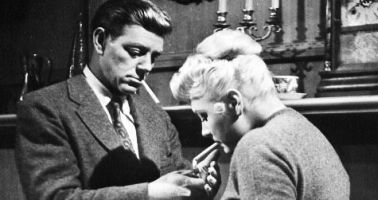


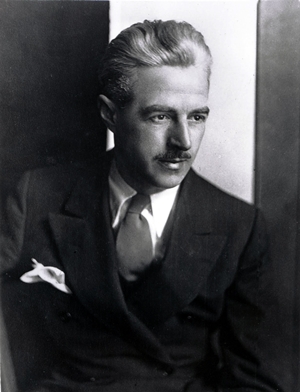

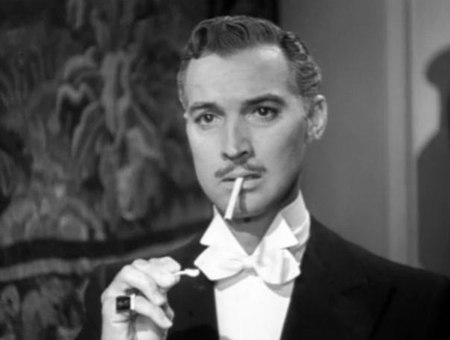
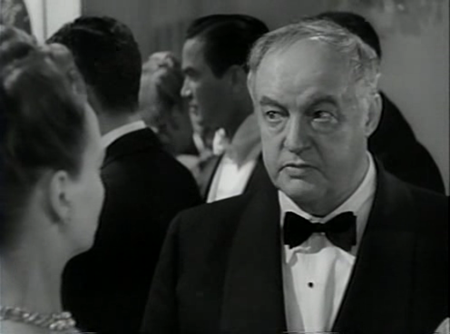
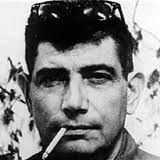
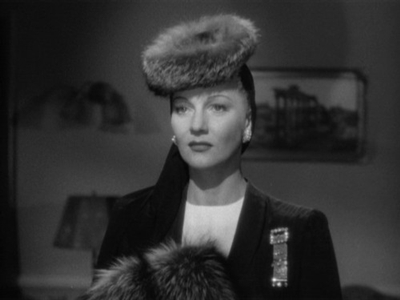
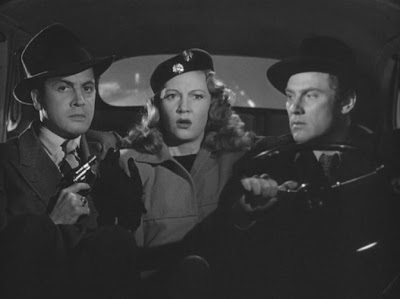
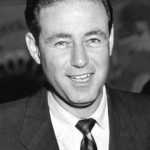
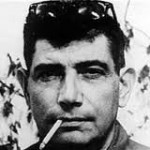
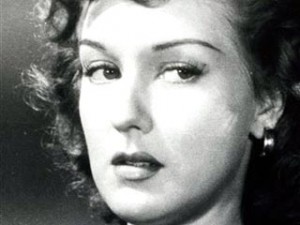
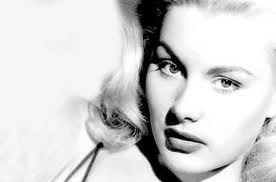
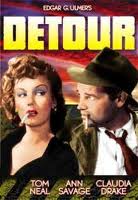







From FNB readers